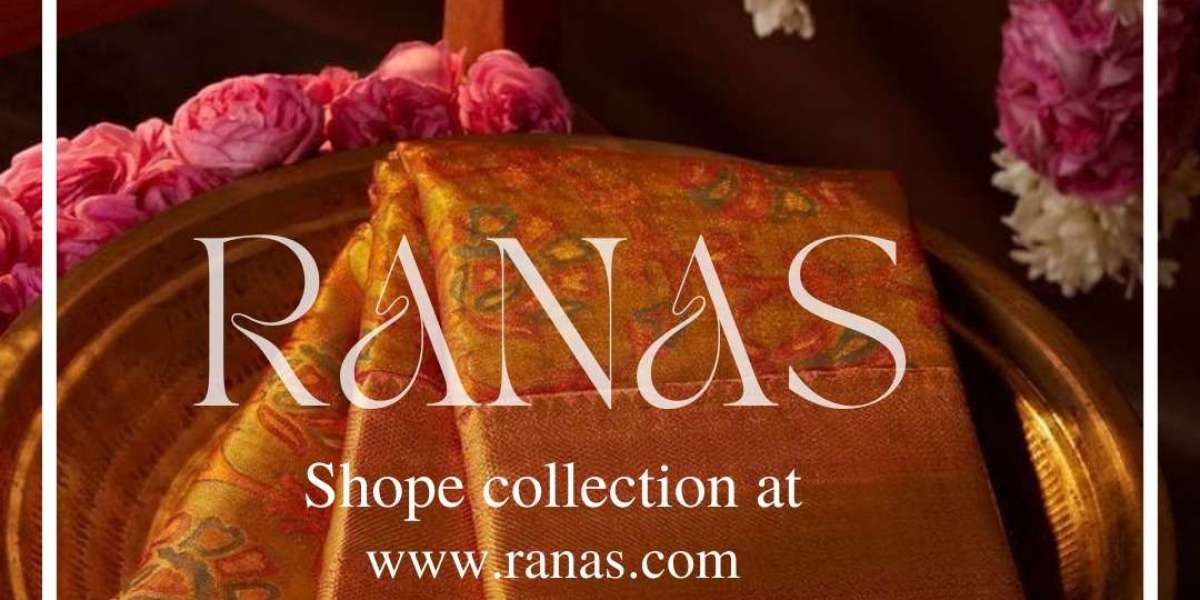The Leheriya sari is a quintessential piece of Indian heritage, renowned for its vibrant colors, intricate patterns, and rich history. Originating from the royal courts of Rajasthan, this traditional garment has transcended generations, embodying the essence of Indian culture and craftsmanship. In this article, we delve deep into the fascinating world of Leheriya saris, exploring their origins, significance, making process, and enduring appeal in contemporary fashion.
Origins and History
The roots of the Leheriya sari can be traced back to Rajasthan, a land steeped in history and known for its vibrant culture. The word "Leheriya" is derived from the Hindi word "leher," meaning waves, which aptly describes the distinctive wave-like patterns that adorn these saris. Historically, Leheriya was favored by the royalty and aristocrats of Rajasthan, who appreciated its exquisite craftsmanship and artistic flair.
Legend has it that the art of Leheriya dates back centuries, with artisans using natural dyes and intricate tying and dyeing techniques to create mesmerizing patterns on fabric. Initially, Leheriya was primarily worn during festivals, weddings, and other auspicious occasions, symbolizing prosperity, joy, and celebration. Over time, its popularity spread beyond Rajasthan, captivating people across India and the world with its allure.
Significance and Symbolism
The Leheriya sari holds deep cultural and symbolic significance in Indian tradition. Each wave-like pattern is believed to represent the undulating waves of the desert or the rhythmic flow of rivers, symbolizing continuity, harmony, and resilience. The vibrant colors used in Leheriya saris carry symbolic meanings as well; red symbolizes passion and vitality, yellow represents happiness and auspiciousness, green signifies fertility and prosperity, while blue conveys tranquility and spirituality.
Moreover, Leheriya saris are often passed down through generations as heirlooms, carrying with them the stories and memories of the wearer's family history. They are treasured not just for their aesthetic beauty but also for the emotional and cultural connections they embody, making them an integral part of Indian heritage.
Craftsmanship and Making Process
The making of a Leheriya sari is a labor-intensive process that requires exceptional skill and precision. It begins with selecting the finest quality fabric, usually lightweight and breathable such as chiffon, georgette, or silk, to ensure the sari drapes elegantly and comfortably.
The next step involves preparing the fabric for dyeing. Artisans meticulously tie the fabric into intricate patterns using thread, creating the distinctive wave-like motifs characteristic of Leheriya. This process, known as "bandhani" or tie-dyeing, requires great expertise to achieve precise and uniform patterns.
Once the fabric is tied, it undergoes dyeing using natural pigments derived from plants, minerals, and other organic sources. Artisans carefully immerse the tied fabric into vats of dye, allowing the colors to seep in and create vibrant hues. The tied sections resist the dye, resulting in the formation of intricate patterns when the fabric is untied.
After dyeing, the fabric is washed to remove excess dye and then left to dry naturally under the sun. The final step involves untying the fabric to reveal the beautiful Leheriya patterns, which are often enhanced with additional embellishments like zari work, sequins, or embroidery to add a touch of glamour and elegance.
Enduring Appeal and Contemporary Revival
In recent years, the Leheriya sari has experienced a resurgence in popularity, both in India and internationally. Fashion designers and enthusiasts alike have rediscovered the timeless charm and artistic craftsmanship of Leheriya, incorporating it into modern silhouettes and styles.
One of the reasons for its enduring appeal is its versatility. Leheriya saris come in a myriad of colors, patterns, and designs, making them suitable for various occasions ranging from casual wear to formal events. Whether paired with a simple blouse for a daytime gathering or embellished with intricate work for a grand soirée, the Leheriya sari exudes grace and sophistication.
Furthermore, the revival of traditional crafts and sustainable fashion practices has contributed to the renewed interest in Leheriya saris. As consumers seek unique, handcrafted pieces with a story behind them, Leheriya's artisanal heritage and eco-friendly dyeing techniques have become key selling points.
Celebrities, influencers, and fashion connoisseurs have also played a role in popularizing Leheriya saris, showcasing their elegance on red carpets, social media platforms, and cultural events. This visibility has helped elevate Leheriya from a regional specialty to a global fashion statement, appreciated for its cultural authenticity and timeless appeal.
Ways to Style a Leheriya Sari
Styling a Leheriya sari offers endless possibilities, allowing individuals to express their creativity and personal flair. Here are some popular ways to wear and accessorize a Leheriya sari:
Classic Elegance: Pair a vibrant Leheriya sari with a contrasting blouse in a complementary color. Add traditional gold jewelry such as jhumkas (chandelier earrings), bangles, and a statement necklace to complete the look. A sleek bun adorned with fresh flowers or a gajra (flower garland) adds a touch of classic elegance.
Contemporary Twist: For a modern and edgy look, experiment with unconventional blouse styles such as off-shoulder, crop tops, or embellished blouses. Opt for minimalist jewelry or trendy accessories like statement belts, cuff bracelets, or tassel earrings to add a contemporary twist to your ensemble.
Fusion Fusion: Embrace fusion fashion by pairing your Leheriya sari with a crop top and a stylish jacket or cape. This fusion of traditional and contemporary elements creates a unique and eye-catching outfit. Complete the look with high heels or embroidered mojris (traditional shoes) for a touch of sophistication.
Accessorize Wisely: Choose accessories that complement the colors and motifs of your Leheriya sari. A metallic clutch or potli bag, embroidered potli shoes, and a maang tikka (forehead ornament) can elevate your look to new heights. Don't forget to pay attention to your hairstyle, opting for a style that complements the overall aesthetic.
Conclusion
In conclusion, the Leheriya sari stands as a testament to India's rich cultural heritage, artistic ingenuity, and timeless elegance. From its royal origins in Rajasthan to its contemporary revival on global fashion runways, the Leheriya sari continues to captivate hearts with its vibrant colors, intricate patterns, and enduring appeal.
As we celebrate and preserve traditional crafts like Leheriya, we not only honor the skilled artisans and weavers behind these masterpieces but also embrace a sustainable and culturally rich approach to fashion. Whether worn during festive celebrations, weddings, or everyday moments of grace, the Leheriya sari remains a cherished symbol of India's sartorial legacy and artistic brilliance.
For more info:- rajput poshak









